The check engine light is one of the most dreaded indicators on a car’s dashboard. It often raises questions and concerns about what might be wrong with your vehicle. Understanding the common reasons for a check engine light can help you take the right steps to address the issue quickly and effectively. In this blog post, we’ll explore the most frequent causes of this warning light, what they mean, and how to fix them.
Table of Contents
What Does the Check Engine Light Mean?
Before diving into the common reasons for a check engine light, it’s essential to understand its purpose. The check engine light is part of your car’s onboard diagnostics system. When this light illuminates, it means your vehicle’s computer has detected a problem with the engine, transmission, or emissions system.
Top 7 Common Reasons for a Check Engine Light
1. Faulty Oxygen Sensor
A malfunctioning oxygen sensor is one of the most common reasons for a check engine light. This sensor measures the amount of unburned oxygen in the exhaust and helps optimize your car’s fuel efficiency. If it’s faulty, your engine may burn more fuel than necessary, and the light will stay on.
2. Loose or Damaged Gas Cap
Believe it or not, a loose or damaged gas cap is another frequent culprit. If the gas cap isn’t sealing properly, it can cause fuel vapors to escape, triggering the light. Among the common reasons for a check engine light, this is one of the easiest to fix—just tighten or replace the cap.
3. Catalytic Converter Issues
Problems with the catalytic converter can also trigger the check engine light. This critical component helps reduce harmful emissions. If it’s clogged or failing, it’s definitely one of the more expensive common reasons for a check engine light.
4. Mass Airflow Sensor Failure
The mass airflow (MAF) sensor measures the air entering the engine and helps regulate the air-fuel mixture. A faulty MAF sensor is another common reason for a check engine light, often leading to poor fuel economy and engine performance.
5. Malfunctioning Spark Plugs or Ignition Coils
Your engine relies on spark plugs and ignition coils to ignite the fuel-air mixture. When these components wear out or fail, misfires occur, which is a typical common reason for a check engine light.
6. Problems with the EGR Valve
The Exhaust Gas Recirculation (EGR) valve reduces emissions by recirculating exhaust gases back into the engine. If it becomes clogged or faulty, it can trigger the check engine light, making it another of the common reasons for a check engine light.
7. Failing Sensors in the Emissions System
Your car has various sensors to monitor the emissions system. A failure in any of these sensors, such as the EVAP system, is among the common reasons for a check engine light.
What to Do When Your Check Engine Light Comes On
- Check the Gas Cap
Since a loose or damaged gas cap is one of the most common reasons for a check engine light, it’s a good idea to start there. Tighten the cap and see if the light turns off after a few drives. - Use an OBD-II Scanner
An OBD-II scanner can read the diagnostic trouble codes (DTCs) stored in your car’s computer. This tool can help identify the specific issue causing the light to illuminate, whether it’s a faulty sensor or another of the common reasons for a check engine light. - Visit a Mechanic
If you’re unable to resolve the issue on your own, take your vehicle to a trusted mechanic. They can perform a thorough diagnosis and address any of the common reasons for a check engine light.
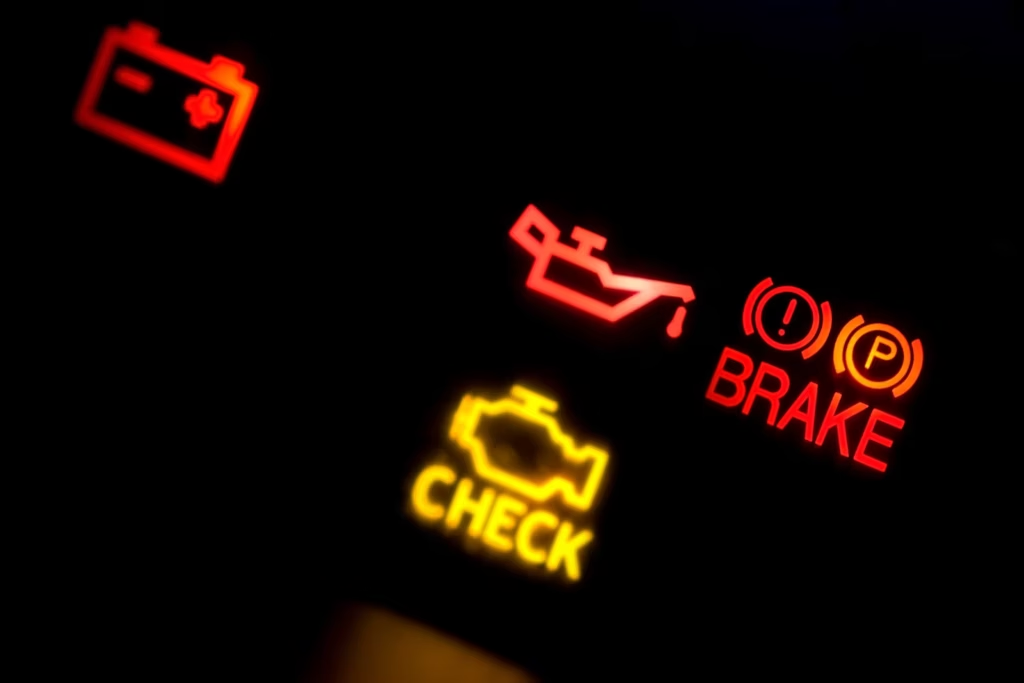
Preventing Future Check Engine Light Issues
Regular vehicle maintenance is key to avoiding many of the common reasons for a check engine light. Here are a few tips:
- Replace spark plugs and sensors according to the manufacturer’s recommendations.
- Keep the gas cap secure and in good condition.
- Use high-quality fuel to minimize emissions-related problems.
- Schedule regular inspections to catch potential issues early.
Final Thoughts
The check engine light doesn’t have to be a mystery. By understanding the common reasons for a check engine light, you can take proactive steps to maintain your vehicle and avoid costly repairs. If your check engine light comes on, don’t ignore it—addressing the issue promptly can save you time, money, and stress down the road.
Have you experienced any of these common reasons for a check engine light? Share your story in the comments below!
Related Post:
To learn more about potential issues that could trigger the check engine light, check out our post on how to tell if your engine is burning oil.

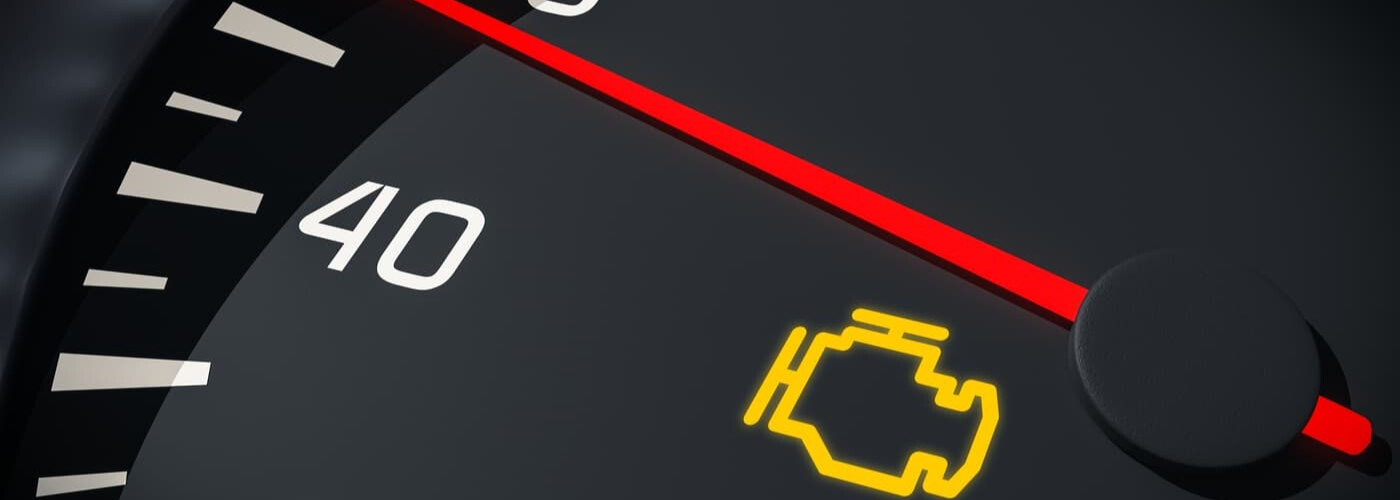
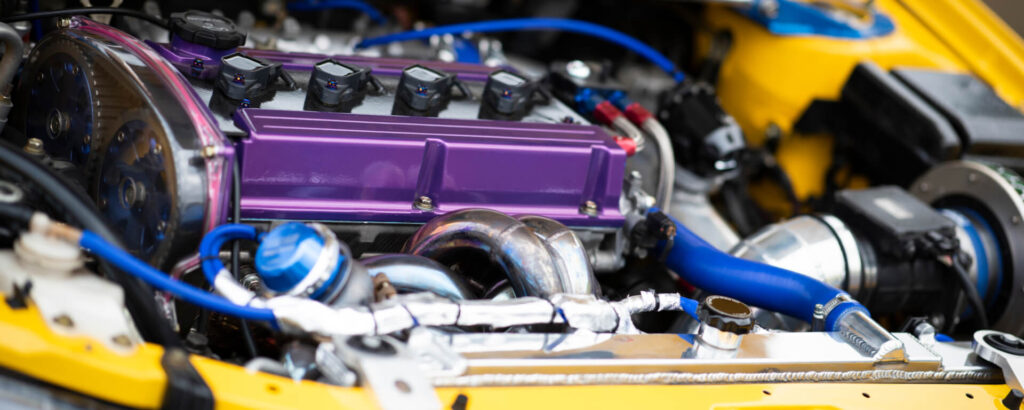
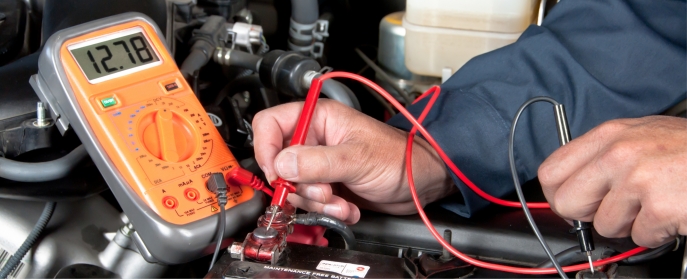
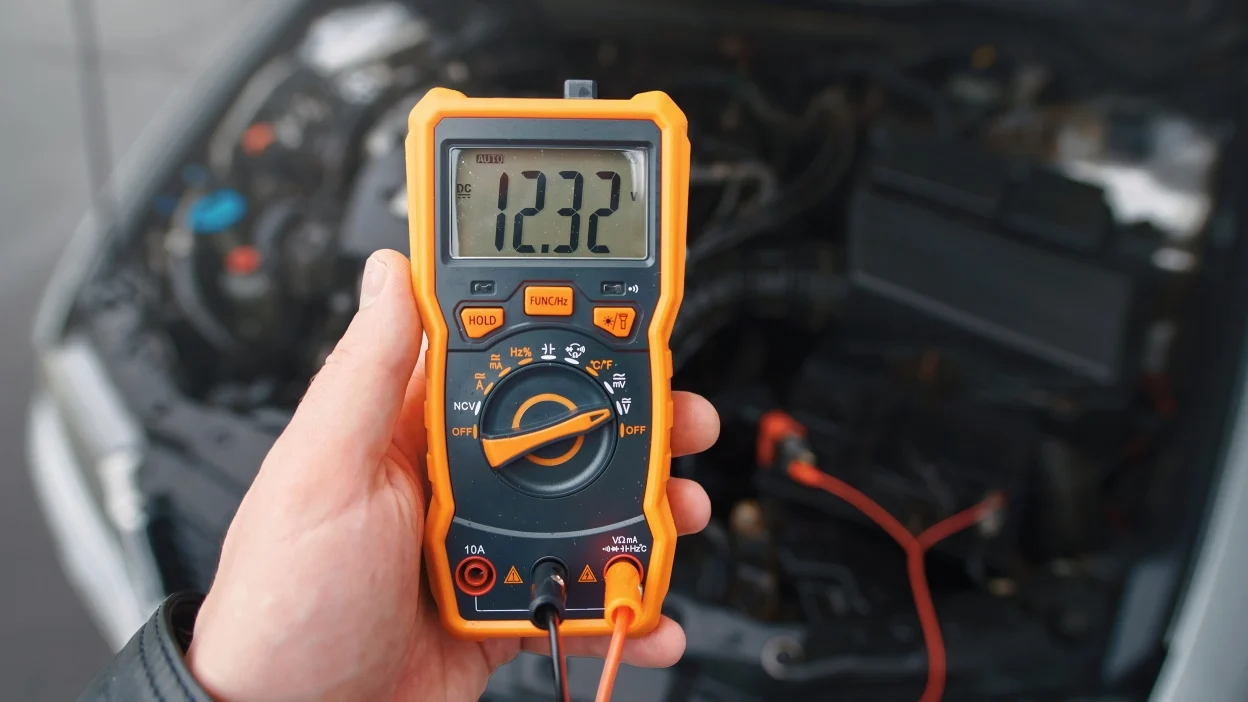
Leave a Reply